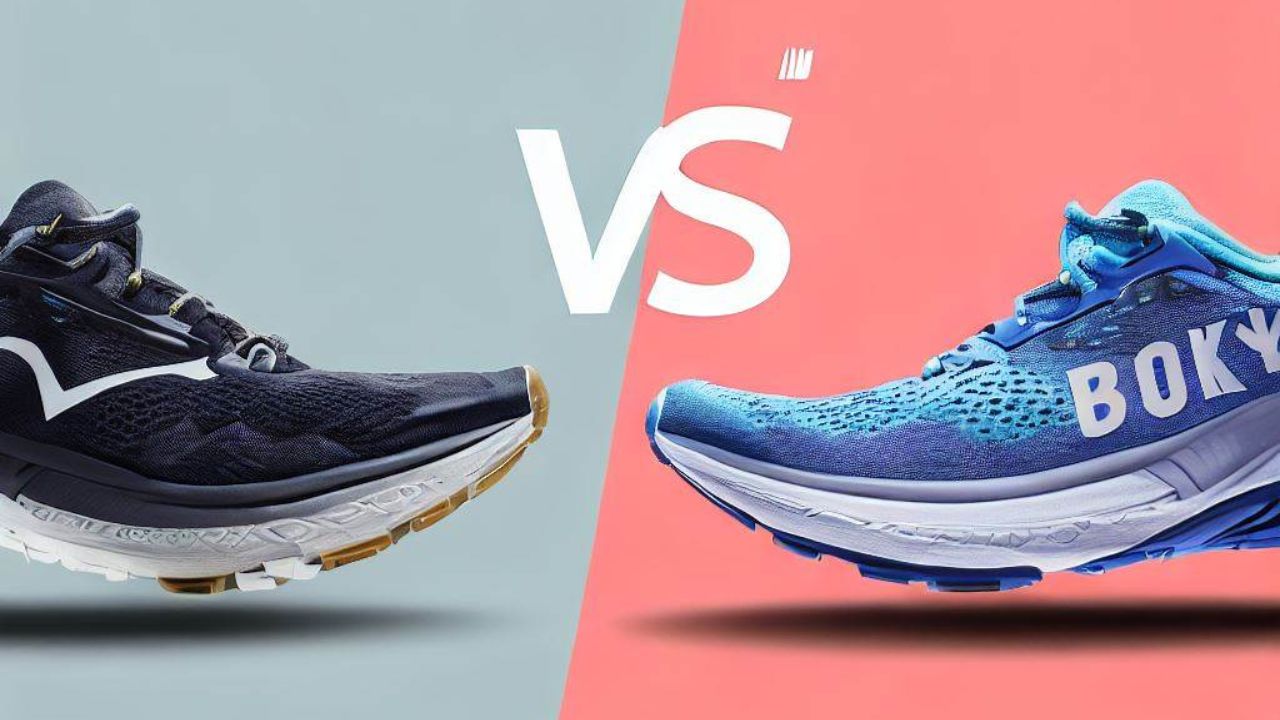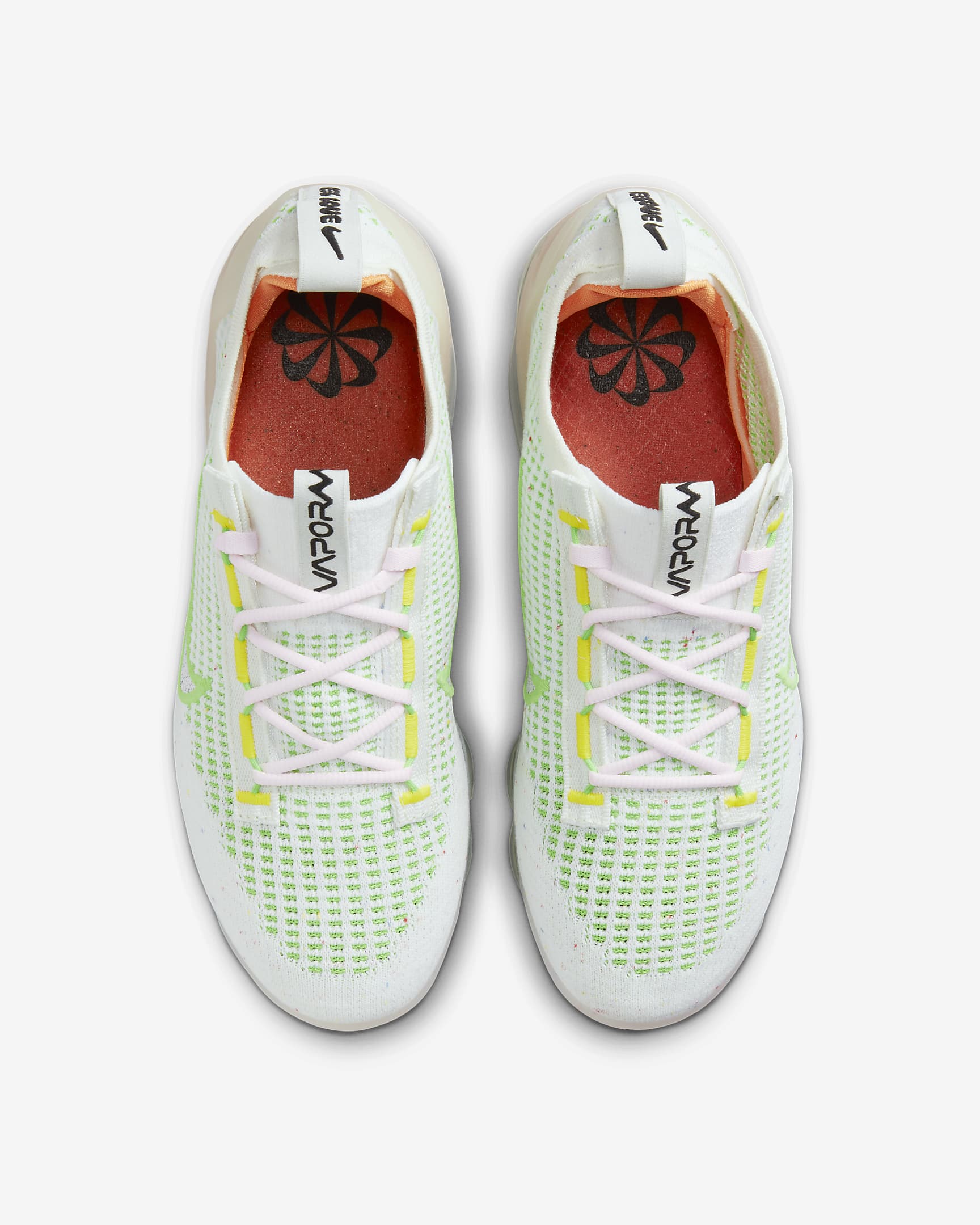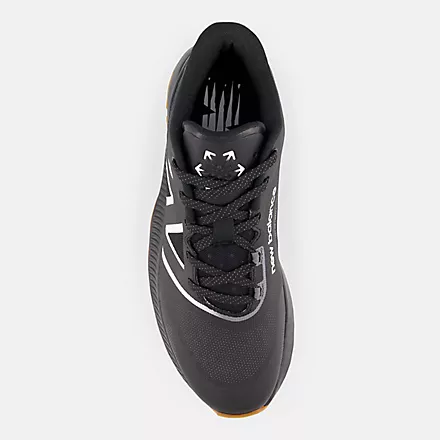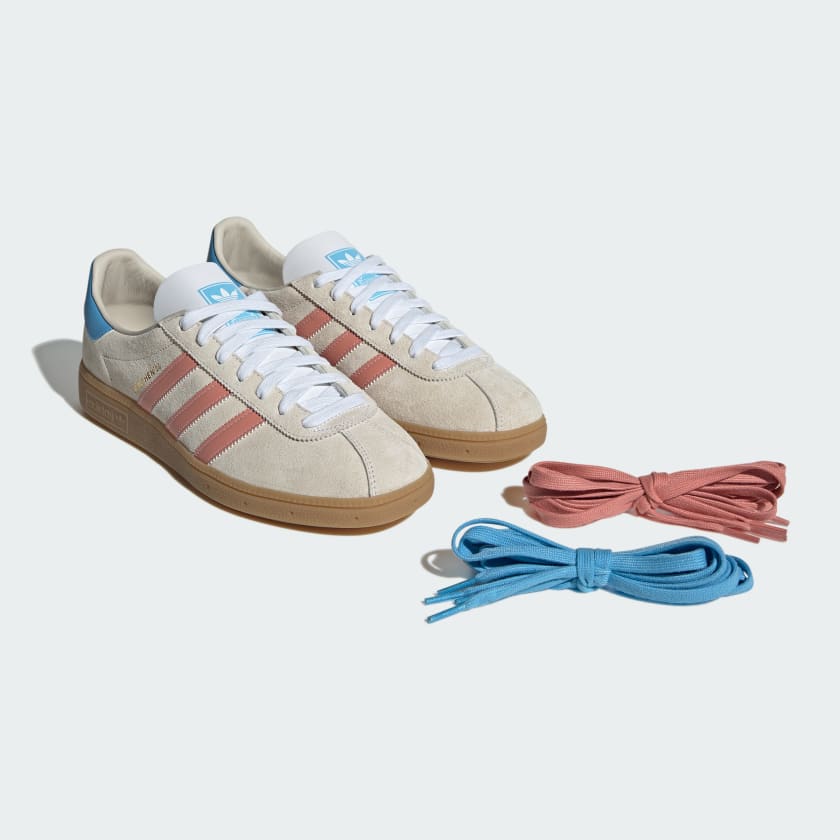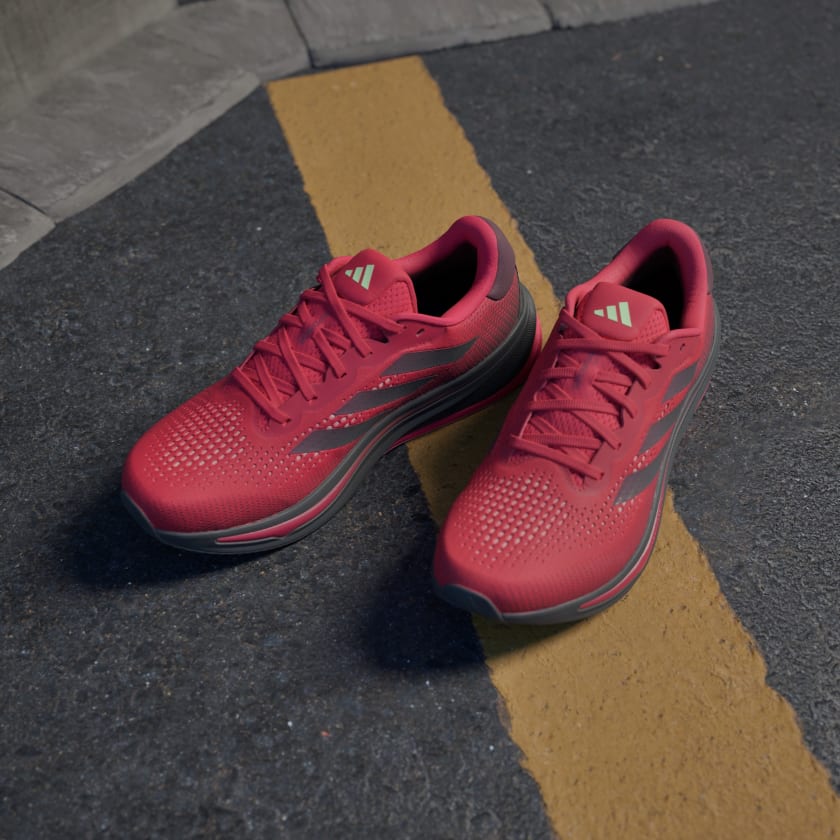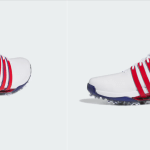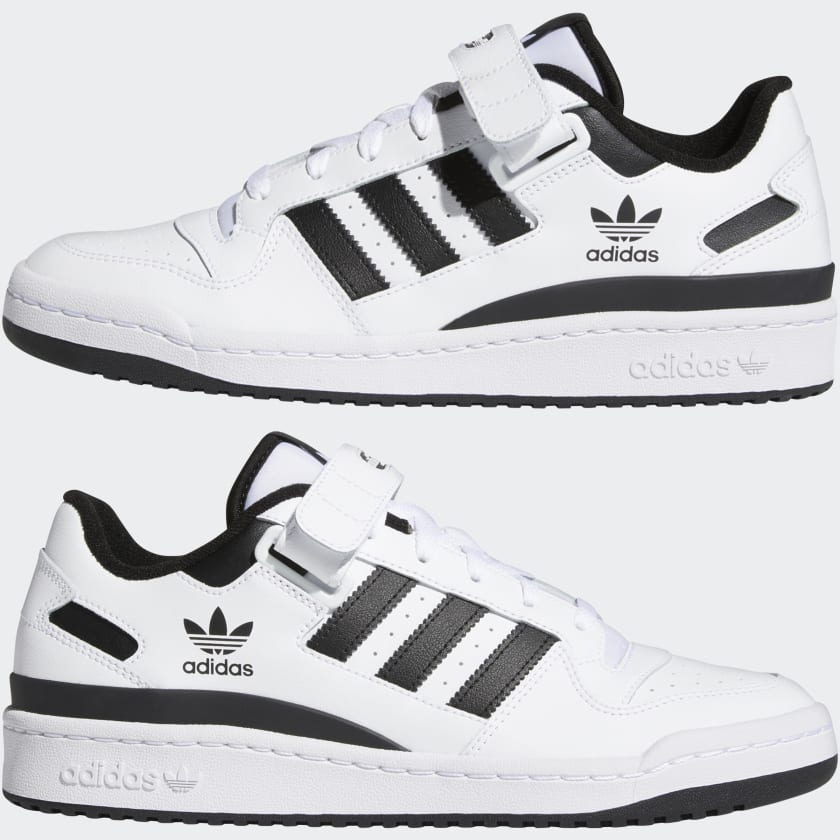Uncover the best choice: Brooks vs Hoka for Nurses. Find out which brand offers superior comfort and support for your demanding shifts.
Nurses are the backbone of the healthcare system, known for their tireless dedication and the endless hours they spend on their feet. With shifts that can stretch to 12 hours or more, the right footwear becomes a matter of both comfort and health.
Supportive, comfortable shoes are vital for reducing fatigue, preventing foot and leg pain, and minimizing the risk of injuries like plantar fasciitis.
Two brands that consistently rise to the top in discussions of nursing footwear are Brooks and Hoka. Both offer a range of features designed to alleviate the physical stress nurses face daily.
In this article, we’ll delve into the specifics of Brooks and Hoka shoes, comparing their key features, benefits, and suitability for nurses’ unique needs.
Brooks vs Hoka for Nurses: Similarities, Differences
Nurses, renowned for their tireless work and endless hours on their feet, need shoes that strike the perfect balance between support and comfort.
Two brands rise to the top in this arena: Brooks and Hoka. While both offer exceptional footwear, their unique approaches lead to distinct advantages for nurses.
Let’s dive into a comprehensive comparison of Brooks vs Hoka, exploring their similarities, differences, and which might be the better fit for your nursing needs.
Similarities: Where Brooks and Hoka Align
-
Commitment to Technology: Both brands prioritize innovation. Brooks leverages its running expertise with technologies like GuideRails for support and DNA Loft for adaptable cushioning. Hoka uses features like the Meta-Rocker for a smooth stride and Profly midsoles for responsive shock absorption.
-
Focus on Comfort: Both Brooks and Hoka understand the importance of all-day comfort for nurses. They use premium materials and design features to minimize fatigue and foot pain commonly experienced during long shifts.
-
Variety of Models: Nurses have diverse needs, and both brands offer a range of models catering to different foot types and preferences. Whether you prioritize maximum cushioning, stability, or a lightweight feel, you’ll find options within both Brooks and Hoka lines.
Differences: Key Distinctions Between Brooks and Hoka
-
Cushioning Philosophy: This is the most prominent difference. Brooks DNA Loft cushioning is known for its adaptive, balanced feel. It’s soft enough for comfort, yet responsive enough to provide support. Hoka’s Profly cushioning is all about plushness. Their maximally-cushioned shoes offer unbeatable softness and impact protection.
-
Stability Approach: Brooks emphasizes its GuideRails technology, providing targeted support for those prone to overpronation. Hoka primarily relies on its inherent stability from wider platforms, offering a supportive base without traditional stability features.
-
Aesthetics: Brooks leans towards a classic running shoe look, while Hoka often features bolder colors and a distinctively chunky, maximalist design.
So, Which is Better for Nurses?
The answer, as with most things in nursing, depends on your individual needs and priorities:
-
Choose Brooks if:
- You need moderate to strong pronation control.
- You prefer a balance of cushioning and support with a more traditional feel.
- You are drawn to classic running shoe aesthetics.
-
Choose Hoka if:
- You prioritize maximum plushness and unparalleled impact protection.
- You have foot conditions like plantar fasciitis that benefit from exceptional cushioning.
- You like the unique look and enjoy standing out with your footwear.
Important Considerations
-
Fit: Both brands offer various widths, but Brooks generally has a broader selection for hard-to-fit feet. Always try shoes on for proper fit assessment.
-
Price: Both brands fall into the premium footwear category. Compare prices between individual models within each brand.
-
Personal Preference: Sometimes it boils down to feel. Don’t discount the importance of finding shoes you genuinely enjoy wearing.
Brooks Shoes – Where Running Technology Meets Nursing Needs


Brooks Running Company has a long and respected history in the world of performance running shoes.
Their dedication to innovation and advanced foot support technology has made them a favourite not only among runners but also among those who spend long hours on their feet, like nurses.
Nurses particularly appreciate the way Brooks blends stability, cushioning, and tailored fit options for all-day comfort.
-
Key Features for Nurses
-
GuideRails Support: A significant advantage for nurses prone to overpronation (inward rolling of the foot), GuideRails technology provides gentle guidance for the foot. It functions like supportive bumpers in a bowling lane, promoting better alignment and reducing stress on joints.
-
DNA Loft Cushioning: This core midsole technology in Brooks shoes offers a unique combination of softness, responsiveness, and durability. DNA Loft adapts to your stride for a plush yet springy feel, minimizing fatigue underfoot.
-
Variety of Fits: Brooks understands that not all feet are created equal. They frequently offer shoes in multiple widths (narrow, standard, wide, and extra-wide) to ensure a comfortable and supportive fit for a broader range of individuals.
-
-
Benefits for Nurses
-
Reduced Foot and Leg Fatigue: The perfect blend of support and cushioning in Brooks shoes helps alleviate aches and pains associated with prolonged standing and walking. Nurses often report feeling less fatigued by the end of a long shift.
-
Injury Prevention: By promoting better foot and ankle alignment, Brooks shoes can help lessen the risk of common overuse injuries like plantar fasciitis, shin splints, and knee pain.
-
Long-Lasting Performance: Brooks is known for its commitment to quality and durable construction. Their shoes are built to withstand the wear and tear of the demanding healthcare environment, ensuring a solid return on your investment.
-
Hoka Shoes – Maximum Cushioning for Maximum Comfort


Hoka also known as Hoka One One, has gained popularity for its distinctive shoes featuring dramatically cushioned midsoles.
Though originally targeted at runners, their commitment to plushness and impact protection has earned a dedicated following among nurses who spend countless hours on their feet.
-
Key Features for Nurses
-
Meta-Rocker Technology: This unique design feature incorporates a sculpted, ‘rocker-shaped’ midsole that promotes a fluid and efficient heel-to-toe transition. This rolling motion can help reduce fatigue and create a smooth walking experience.
-
Profly Midsole: Hoka’s signature midsole technology strikes an excellent balance between softness and responsiveness. Profly cushioning absorbs shock incredibly well, while also managing to retain a bouncy, energetic feel underfoot.
-
Wide Base: Many Hoka models feature a wider platform compared to traditional running shoes. This inherently increases stability, a bonus for nurses who are constantly on the move.
-
-
Benefits for Nurses
-
Unparalleled Shock Absorption: Nurses who experience foot pain, plantar fasciitis, or other foot-related conditions often find significant relief with the exceptional cushioning in Hoka shoes. The plushness minimizes the impact of each step, reducing strain on the feet.
-
Feels Like Walking on Clouds: Hoka’s maximalist approach to cushioning creates a uniquely comfortable experience. Many nurses compare it to walking on clouds or pillows, providing much-needed comfort throughout long shifts.
-
Reduced Impact: The high degree of cushioning helps minimize stress on joints, not just in the feet but also extending to the ankles, knees, and hips. This can be particularly beneficial for nurses with a history of joint pain or who are prone to overuse injuries.
-
Important Note: While the extra cushioning is a major advantage, some nurses might initially need a period of adjustment to the unique feel and slightly higher stack height of Hoka shoes.
Understanding the Needs of Nurses
Before diving into the specifics of Brooks and Hoka shoes, it’s important to understand the unique needs of nurses. Nurses require footwear that provides excellent cushioning to absorb the impact of each step and reduce strain on the feet, legs, and back. Additionally, shoes with good arch support and stability are essential to prevent common issues like plantar fasciitis and overpronation.
Comparison of Brooks and Hoka Shoes for Nurses
| Feature | Brooks | Hoka |
|---|---|---|
| Cushioning | Excellent | Excellent |
| Support | Good | Great |
| Stability | Good | Excellent |
| Weight | Light | Medium |
| Price | $100-$250 | $150-$300 |
| Durability | Good | Excellent |
| Breathability | Good | Good |
| Style | Classic | Modern |
| Best for | Nurses with mild to moderate foot pain | Nurses with severe foot pain |
As you can see, both Brooks and Hoka shoes offer excellent cushioning and support, which are essential for nurses who spend long hours on their feet. However, Hoka shoes tend to be more supportive and stable, making them a better choice for nurses with severe foot pain. Brooks shoes are lighter and more affordable, making them a good option for nurses with mild to moderate foot pain.
Ultimately, the best shoes for you will depend on your individual needs and preferences. If you are unsure which brand is right for you, it is a good idea to try on both Brooks and Hoka shoes at a local running store.
Here are some additional factors to consider when choosing between Brooks and Hoka shoes for nurses:
- Your foot type: If you have wide feet, Brooks shoes may be a better fit for you. Hoka shoes tend to run narrow.
- Your activity level: If you are a very active nurse who is on your feet all day, Hoka shoes may be a better choice for you. Brooks shoes are a good option if you are looking for a more casual shoe.
- Your budget: Brooks shoes are generally more affordable than Hoka shoes.
Which Shoe is Right for You? The Importance of Individual Needs
Finding the perfect nursing shoe isn’t about choosing the trendiest brand or buying what your colleagues wear. It’s about finding the shoe that works best for your specific needs and preferences.
Both Brooks and Hoka offer a lot to nurses, but the ideal choice comes down to these key considerations:
-
Prioritize Your Comfort:
- Plushness and Impact Protection: If you struggle with plantar fasciitis, have sensitive feet, or simply crave that pillowy-soft feeling above all else, Hoka’s maximal cushioning is likely the winner.
- Need Pronation Control: For nurses whose feet tend to roll inwards (overpronate), Brooks’ GuideRails provide targeted support. This feature can help minimize discomfort and potential injuries associated with overpronation.
-
Don’t Neglect Fit:
- Know Your Foot Shape: Do you have wide or narrow feet? Brooks often provides a wider variety of width options, making them ideal for those with harder-to-fit foot shapes.
- Try Before You Buy: The best way to determine fit is to try shoes on in person. Visit a reputable store where you can test out models from both brands and get expert advice.
-
Other Factors to Consider:
- Price: While both brands are considered premium, there are price variations between models. Set your budget accordingly.
- Style Preferences: Are you drawn to the classic running shoe aesthetic of Brooks or the bolder, more colorful designs of Hoka? Choose a shoe you enjoy looking at!
- Medical Recommendations: If you have a specific foot condition or are seeing a podiatrist, their recommendations should play a significant role in your decision.
Remember, investing in a comfortable and supportive pair of nursing shoes is an investment in your health and well-being, so make your decision thoughtfully.
Popular Brooks and Hoka Models for Nurses
Both Brooks and Hoka offer a range of shoes that cater well to the needs of nurses. Here’s a closer look at some of their most popular models, along with the reasons they resonate with the healthcare community:
Brooks
-
Brooks Ghost: The Ghost is considered an all-star due to its versatility. It strikes a perfect balance between plush cushioning, responsiveness, and reliable support. Nurses appreciate its adaptability for various foot types and the smooth ride it delivers throughout long shifts.
-
Brooks Glycerin: If maximum cushioning is your priority, the Glycerin delivers. Its generous layer of DNA Loft cushioning creates an incredibly soft and comfortable experience. This model is especially favored by nurses looking for relief from foot pain or those who find themselves on hard hospital floors for extended periods.
-
Brooks Addiction: For severe overpronation, the Addiction provides targeted stability with Brooks’ strongest GuideRails support. This shoe helps keep your feet and stride aligned. Nurses who require this level of motion control find it beneficial in minimizing fatigue and preventing injuries commonly associated with overpronation.
Hoka
-
Hoka Bondi: The Bondi is synonymous with Hoka’s maximalist cushioning approach. It offers an unbelievably plush and protective underfoot experience. Nurses who deal with plantar fasciitis, chronic foot pain, or simply want the feeling of walking on clouds often swear by the Bondi.
-
Hoka Clifton: This model strikes a balance between Hoka’s signature plushness and a lightweight, agile feel. Its smooth ride and comfortable fit make it an excellent all-around shoe for varied nursing duties. The Clifton is favored by those wanting substantial cushioning without the bulkiness sometimes associated with maximalist shoes.
-
Hoka Arahi: The Arahi offers a touch of stability for mild overpronation, combined with ample cushioning. It features Hoka’s J-Frame technology, which provides subtle guidance without the rigidity of traditional stability shoes. Nurses appreciate its balance of support and plush comfort.
Important Note: It is crucial to reiterate the value of seeking personalized fitting and recommendations at specialty running stores. Feet come in all shapes and sizes, and what works for one nurse might not be the ideal choice for another.
Professional staff at these stores can analyze your gait, foot shape, and individual needs to help you find your perfect match.
Testimonials and Reviews
Hearing the experiences of other nurses can provide valuable insights when choosing footwear. Here are a few examples:
Brooks Ghost
-
Reviewer: Sarah P., RN – Boston, MA
-
Review: “I was hesitant to invest in pricey shoes, but after 12 hours in my Ghosts, I’m a believer! My feet used to feel achy and tired by the end of a shift, but now it’s like I’m walking on air. They’re so supportive, yet the cushioning makes every step feel light.”
-
Reviewer: Mark B., LPN – Portland, OR
-
Review: “The perfect blend of support and comfort – that’s how I’d describe the Brooks Ghost. I’ve tried other running shoes for nursing, but they felt too rigid. This feels like it was designed for the way we move throughout a shift.”
Brooks Glycerin
-
Reviewer: Allison T., RN – Miami, FL
-
Review: “Plush is an understatement! I have plantar fasciitis and these have been lifesavers. They take the strain off my feet and give amazing arch support. The cushioning helps me push through even the longest days.”
-
Reviewer: Brian M., ER Nurse – Seattle, WA
-
Review: “Standing for hours on concrete floors takes a toll, but the Glycerin makes it so much better. It’s like having shock absorbers on my feet. Worth every penny!”
Hoka Bondi
-
Reviewer: Elizabeth R., ICU Nurse – Chicago, IL
-
Review: “Clouds for your feet – that’s the best way to describe the Bondi. My feet are notoriously sensitive, but these hug them in all the right places. I’ve even noticed less fatigue in my legs thanks to that amazing cushioning.”
-
Reviewer: Josh W., RN – Austin, TX
-
Review: “I was skeptical about the chunky look, but the comfort won me over! I’ll admit, they take a little getting used to, but now I don’t want to wear anything else. Amazing for long shifts on my feet.”
Where to Buy Brooks and Hoka
- Specialty Running Stores: The top choice for their expert fitting services and specialized knowledge of running and walking footwear.
- Official Brand Websites: Both Brooks and Hoka have their online stores with frequent sales.
- Major Online Retailers: Sites like Amazon, Zappos, and Road Runner Sports offer a wide selection and often have competitive prices.
- Local Sporting Goods Stores: May carry a limited variety of Brooks and Hoka models.
Care and Maintenance Tips
Extend the lifespan of your nursing shoes with these simple tips:
- Rotate Shoes: Don’t wear the same pair every day; allow the cushioning to recover between uses.
- Clean Regularly: Wipe down shoes with a damp cloth, use specialized cleaners for tougher stains.
- Air Dry: Avoid putting shoes in the dryer; let them air dry naturally.
- Replace When Necessary: Inspect for signs of wear and tear like compressed cushioning or worn-out tread.
Alternatives to Brooks and Hoka
While Brooks and Hoka are top picks, here are other well-regarded brands in the nursing shoe space:
- ASICS: Known for stability technologies like their DuoMax system.
- New Balance: Offers a variety of fits and models with plush Fresh Foam cushioning.
- Saucony: Provides supportive models with good durability.
Conclusion
Choosing the right nursing shoes is an investment in your health and comfort during those demanding shifts. Both Brooks and Hoka offer exceptional features that can benefit nurses in different ways.
The best approach is understanding your individual needs, trying on models from both brands, and finding the pair that delivers the ideal balance of support, cushioning, and fit. With thoughtful selection and proper care, your perfect nursing shoes will keep you moving with confidence and ease.
FAQ’s
Are Brooks or Hoka better?
There’s no clear-cut winner. Both brands offer excellent footwear for nurses. Brooks excels in providing balanced support and cushioning, while Hoka prioritizes maximum plushness. The best choice depends on your individual needs – do you need pronation control or prioritize extreme shock absorption?
Are Brooks good shoes for nursing?
Yes! Brooks shoes are highly regarded by nurses. Their focus on stability technology (GuideRails), adaptable cushioning (DNA Loft), and various fit options makes them suitable for long shifts and the demands of the nursing environment.
Are Hoka shoes good for nurses?
Absolutely! Hoka shoes are a popular choice among nurses due to their unrivaled cushioning and impact protection. Nurses dealing with foot pain, plantar fasciitis, or who spend extended periods on hard floors often find significant relief with Hoka’s plush feel.
What are the best shoes to wear as a nurse?
There’s no single “best” shoe for every nurse. The ideal shoe depends on your priorities, foot shape, and any existing conditions. Prioritize these factors:
- Support: Do you need stability features like Brooks’ GuideRails?
- Cushioning: Are you looking for Brooks-style balance or Hoka’s maximum plushness?
- Fit: Consider your foot’s width and overall shape.
Why are Brooks shoes better?
Brooks shoes aren’t inherently better than other brands. Their advantage lies in their emphasis on stability technology and balanced cushioning, ideal for nurses needing support and a versatile feel.
Are Brooks high-quality shoes?
Yes, Brooks is known for using premium materials and durable construction. Their shoes are designed to withstand the rigors of running and, consequently, are long-lasting for nursing shifts.
Why do nurses wear Brooks?
Nurses choose Brooks for these reasons:
- Support: GuideRails technology helps with overpronation and promotes proper alignment.
- Comfort: DNA Loft cushioning offers a comfortable, responsive feel.
- Fit Options: Brooks caters to a wider range of foot shapes and sizes.
Why do nurses like Hoka shoes?
Hoka shoes are popular among nurses for their:
- Unmatched Cushioning: Ideal for nurses experiencing foot pain or standing for long periods.
- Smooth Ride: Meta-Rocker technology helps create a fluid heel-to-toe transition.
- Supportive Base: Hoka’s wider design offers inherent stability.
Are Brooks good for standing all day?
Yes! Brooks shoes are designed with support and cushioning in mind, making them an excellent choice for jobs that require prolonged standing. Their focus on balanced technology helps minimize fatigue and foot discomfort.
